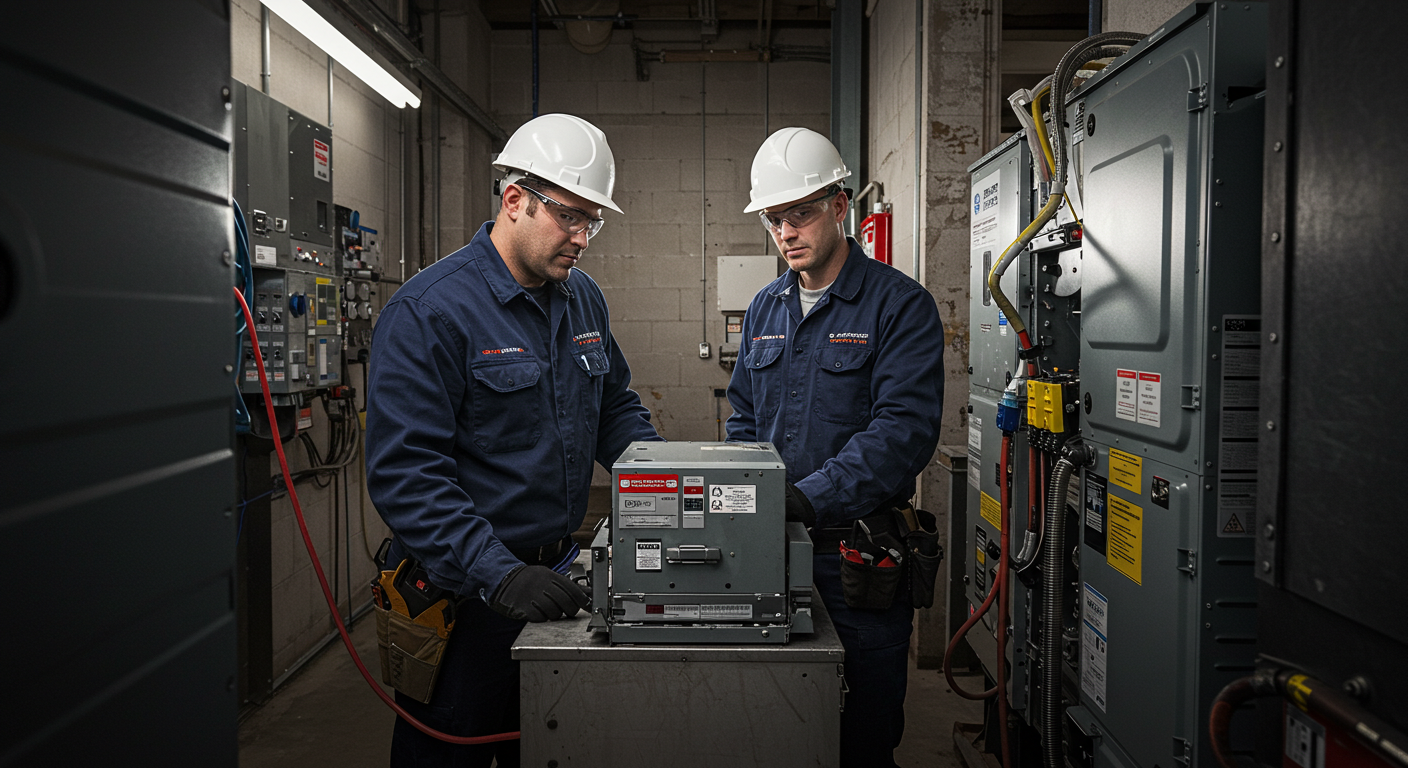Safety Inspections: Ensuring Your HVAC Team is Job-Site Ready
In the world of HVAC, safety isn’t just a buzzword—it’s a necessity. As a professional in the field, you know the importance of keeping your team safe and your systems running smoothly. But how can you ensure your HVAC team is truly job-site ready? Let’s dive into the critical aspects of safety inspections and how they can make a difference for you and your team.
Understanding the Importance of HVAC Safety Inspections
Safety inspections are more than just a checklist—they’re your first line of defense in preventing accidents and ensuring compliance. On average, these inspections take about one to three hours per system and cost between $150 and $500. While this might seem like a significant investment, the peace of mind and safety they provide are priceless.
Key Elements of an Effective HVAC Inspection Checklist
When conducting safety inspections, there are key areas you need to focus on to ensure everything is up to code. Here’s a quick rundown:
- Blocked airflow
- Low refrigerant levels
- Leaking drain lines
- Malfunctioning thermostats
- Ignition issues
- Dirty coils and filters
- Leaky ductwork
Why Regular Inspections Matter
Regular inspections, ideally scheduled biannually in spring and fall, are critical. They help uncover devices that fail to meet code requirements—on average, 2.03 devices per inspection. This practice not only keeps systems running efficiently but also ensures you stay compliant with safety regulations.
Advanced Tools for Enhanced HVAC Safety
Using advanced tools, like the Fieldpiece digital manifold, can significantly enhance refrigerant accuracy and system diagnostics during inspections. Available through Mar-Hy Distributors, these tools are a worthwhile investment for any HVAC team committed to safety and efficiency.
Conclusion: Prioritizing Safety and Compliance
Ensuring your HVAC team is job-site ready goes beyond regular inspections. It involves a commitment to ongoing safety training and using the right tools for the job. By prioritizing these aspects, you not only safeguard your team but also enhance your reputation as a reliable HVAC service provider.
Call to Action: Ready to enhance your HVAC safety protocols? Schedule your next inspection today and ensure your team is job-site ready!
FAQ: HVAC Safety Inspections
What is included in an HVAC safety inspection checklist?
A comprehensive checklist includes checking for blocked airflow, low refrigerant levels, leaking drain lines, malfunctioning thermostats, ignition issues, dirty coils and filters, and leaky ductwork.
How often should HVAC safety inspections be conducted?
It is recommended to conduct HVAC safety inspections biannually, ideally in spring and fall, to ensure optimal system performance and compliance.
What are common injuries in the HVAC sector?
Common injuries include sprains/strains, cuts/lacerations, fractures, and bruises, emphasizing the need for strict safety protocols.
Why are HVAC compliance inspections important?
Compliance inspections ensure that systems are up to code, functioning efficiently, and safe for both technicians and occupants.
What tools can enhance HVAC inspection accuracy?
Advanced tools like the Fieldpiece digital manifold, available through Mar-Hy Distributors, enhance refrigerant accuracy and system diagnostics during inspections.


